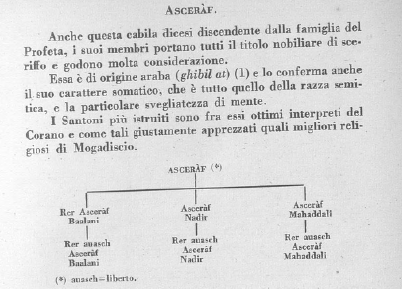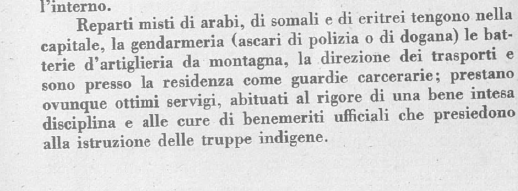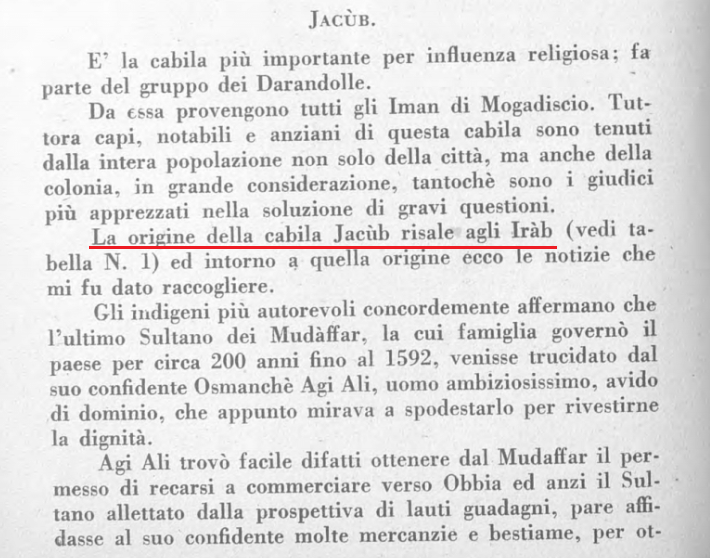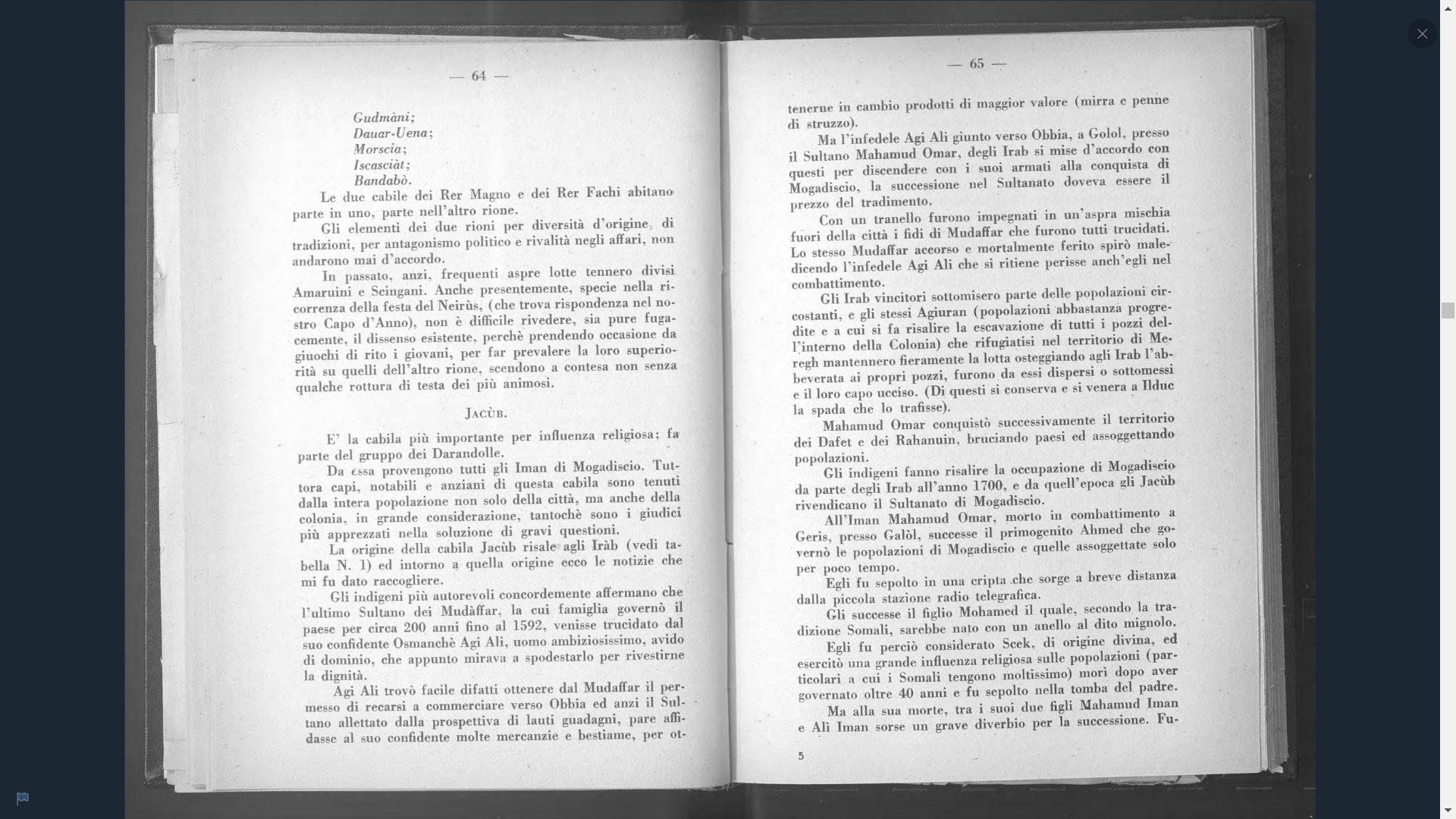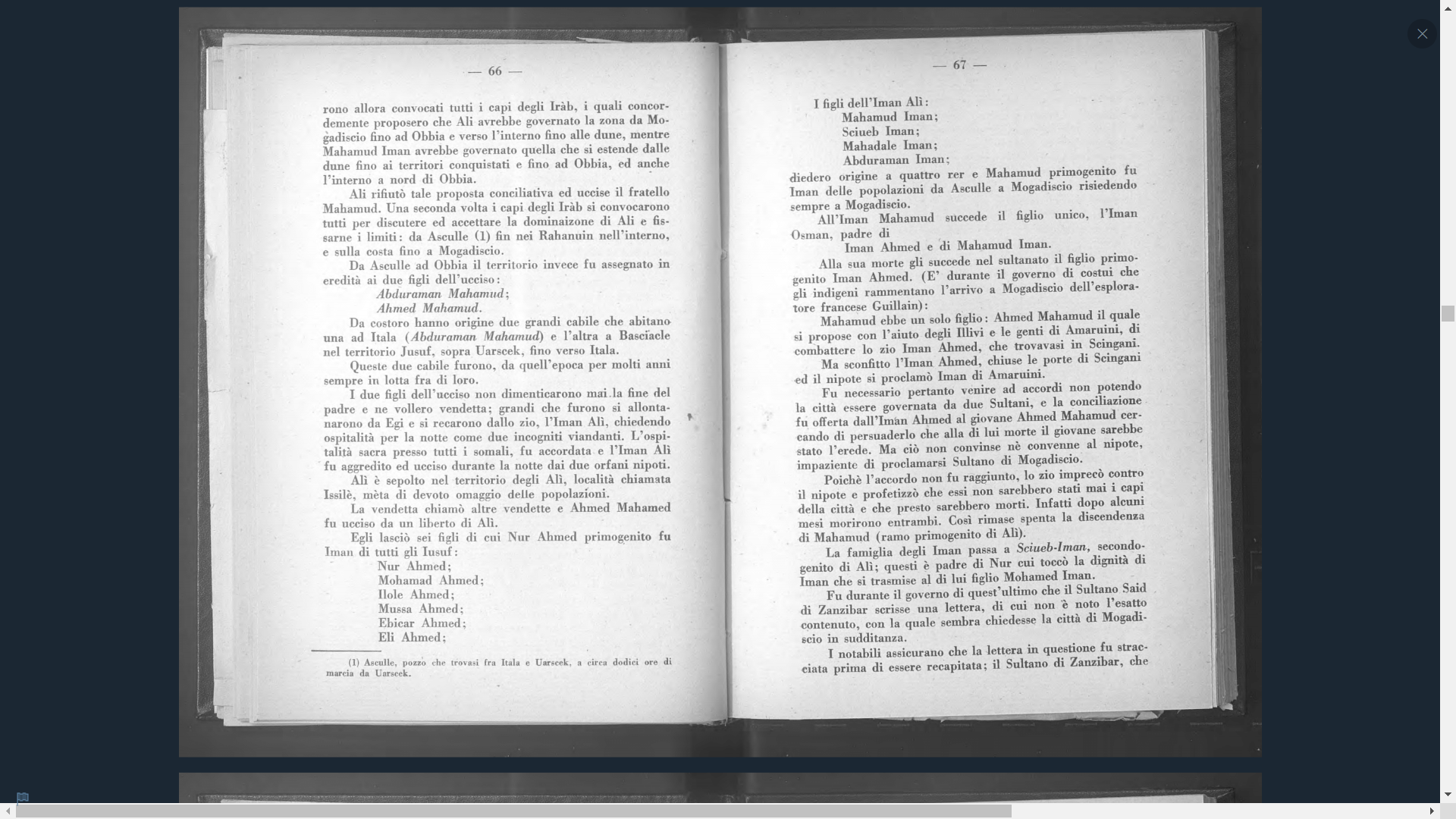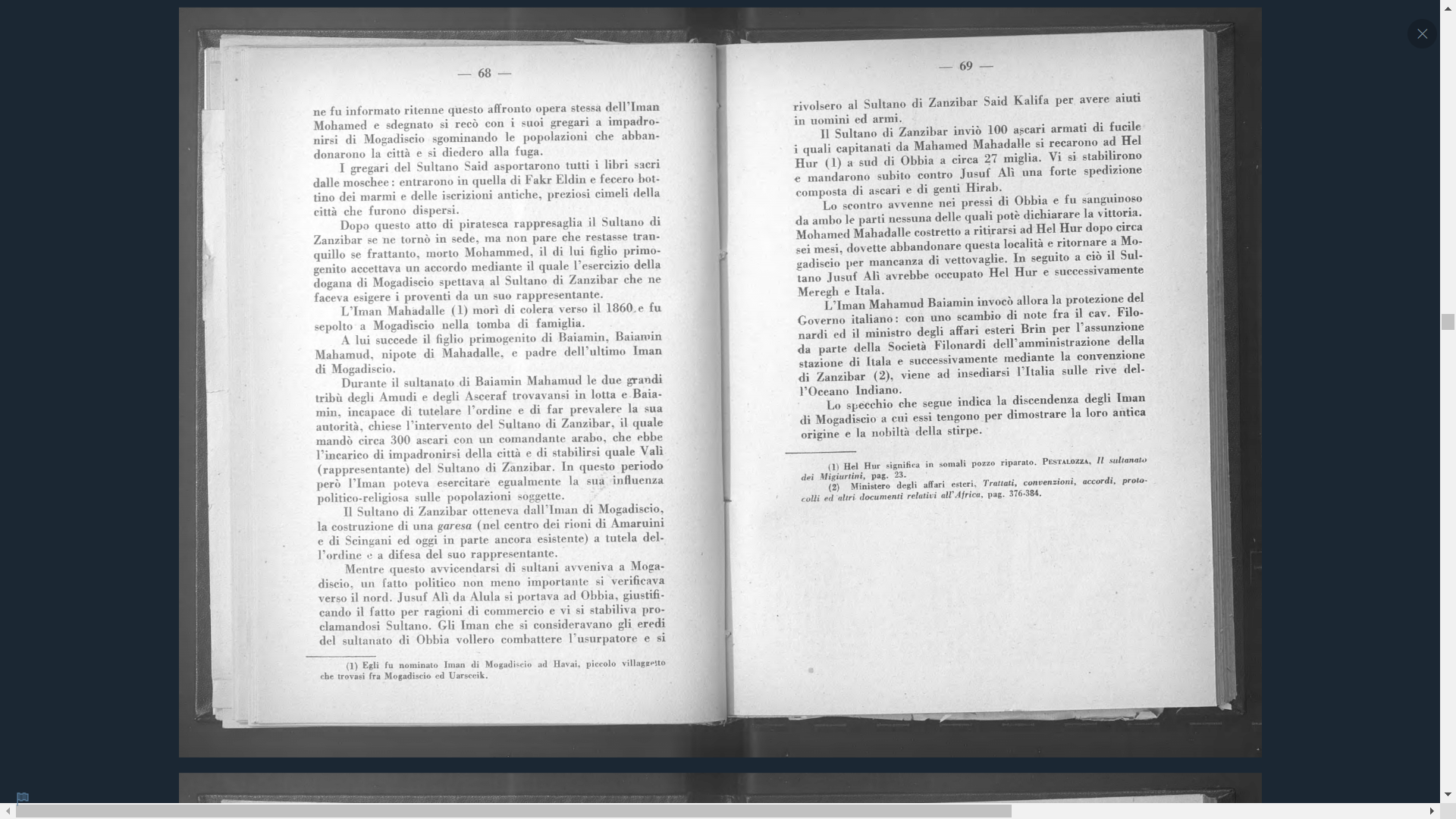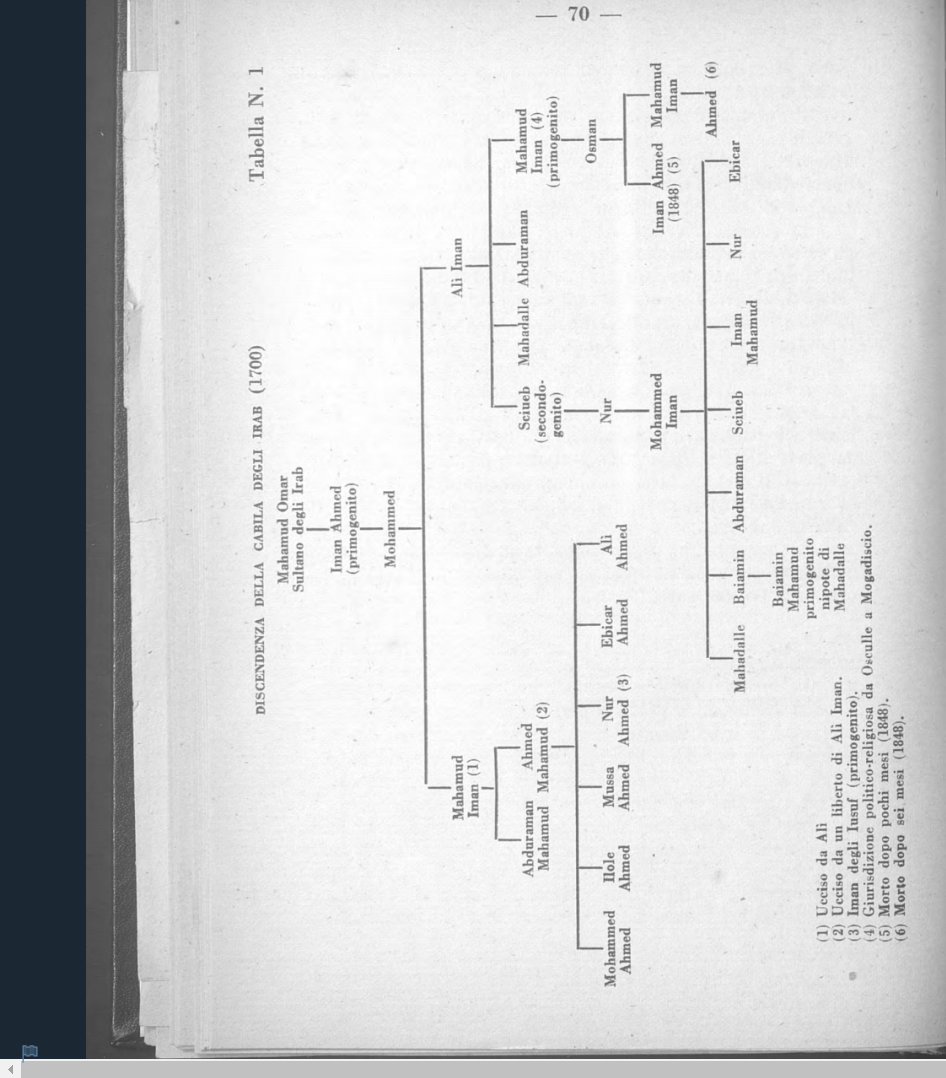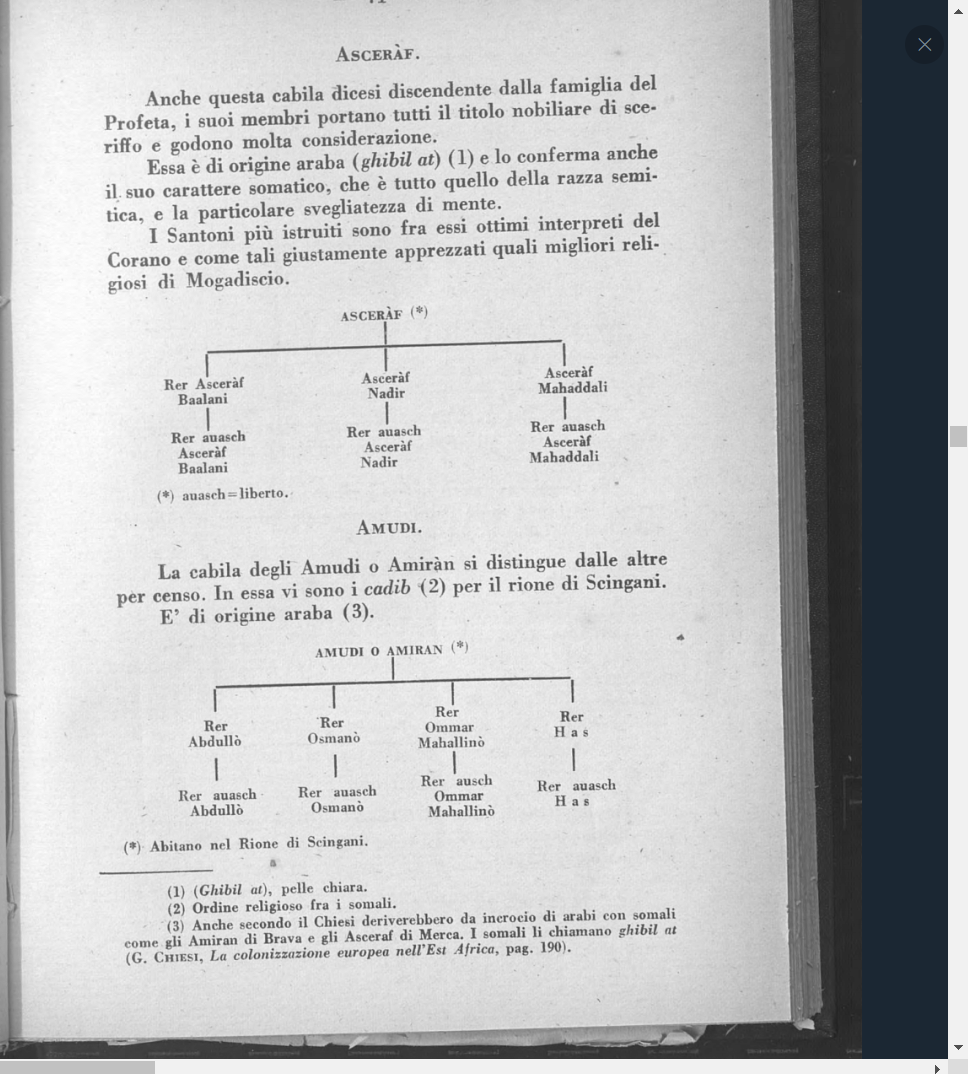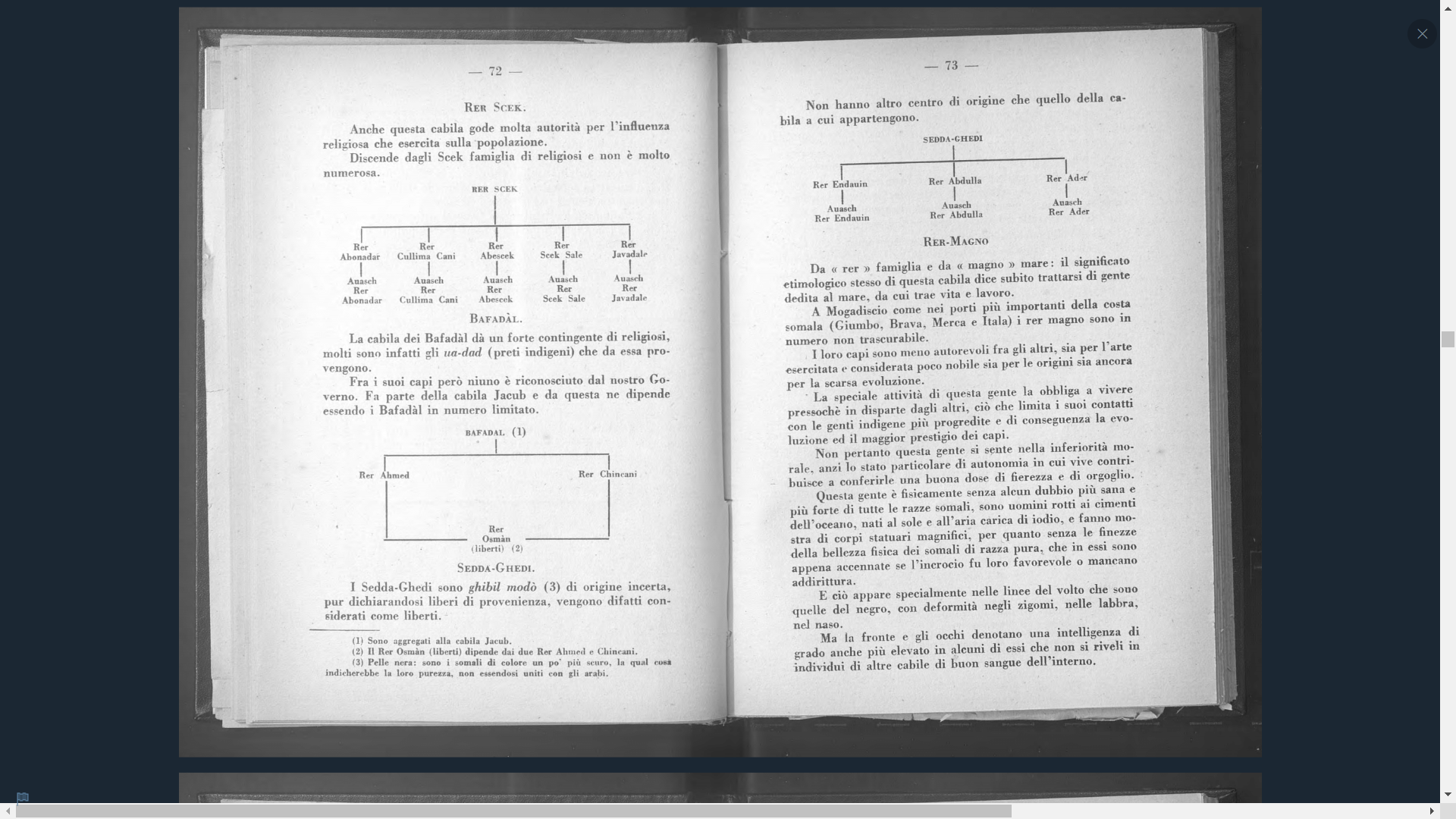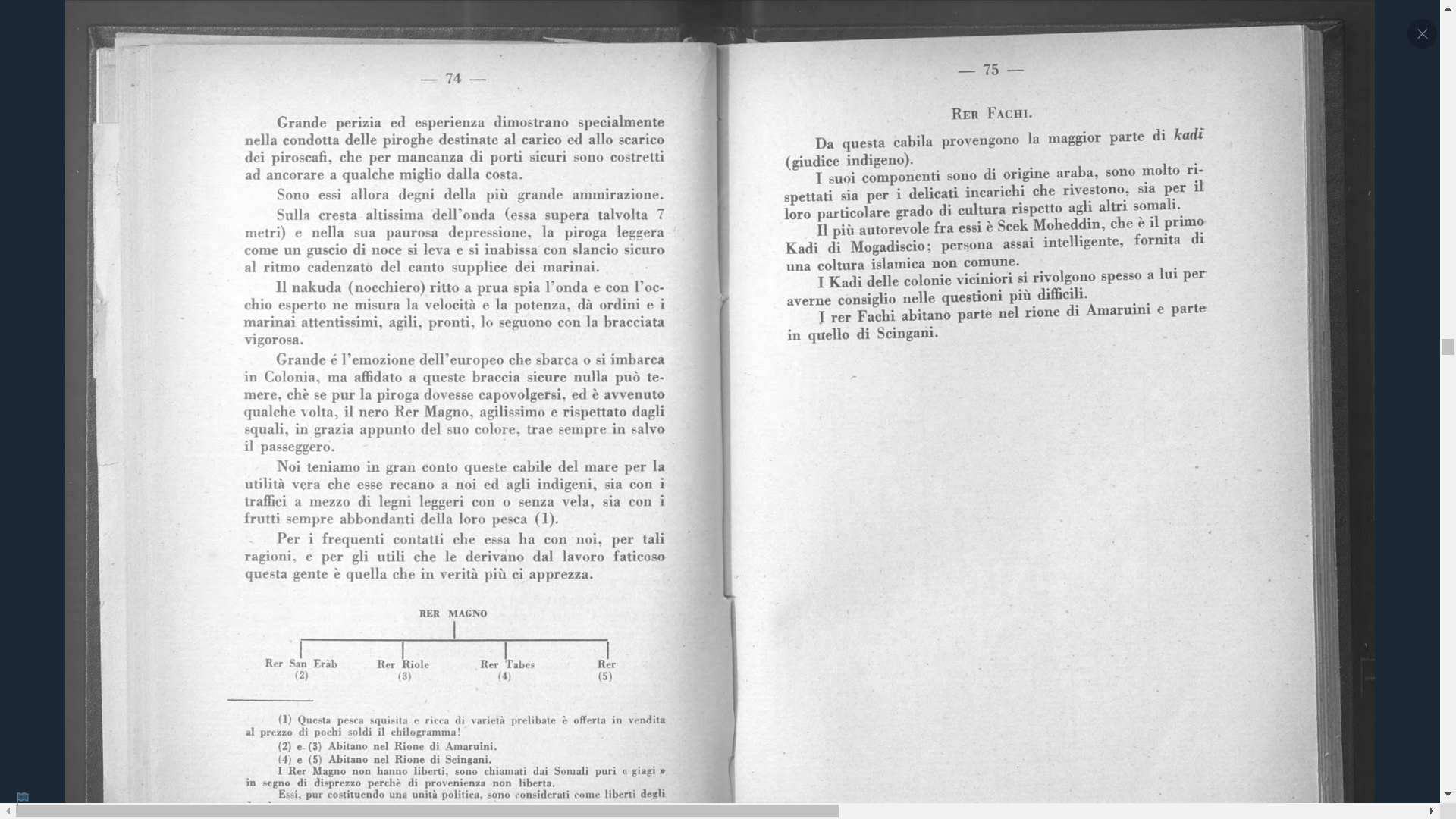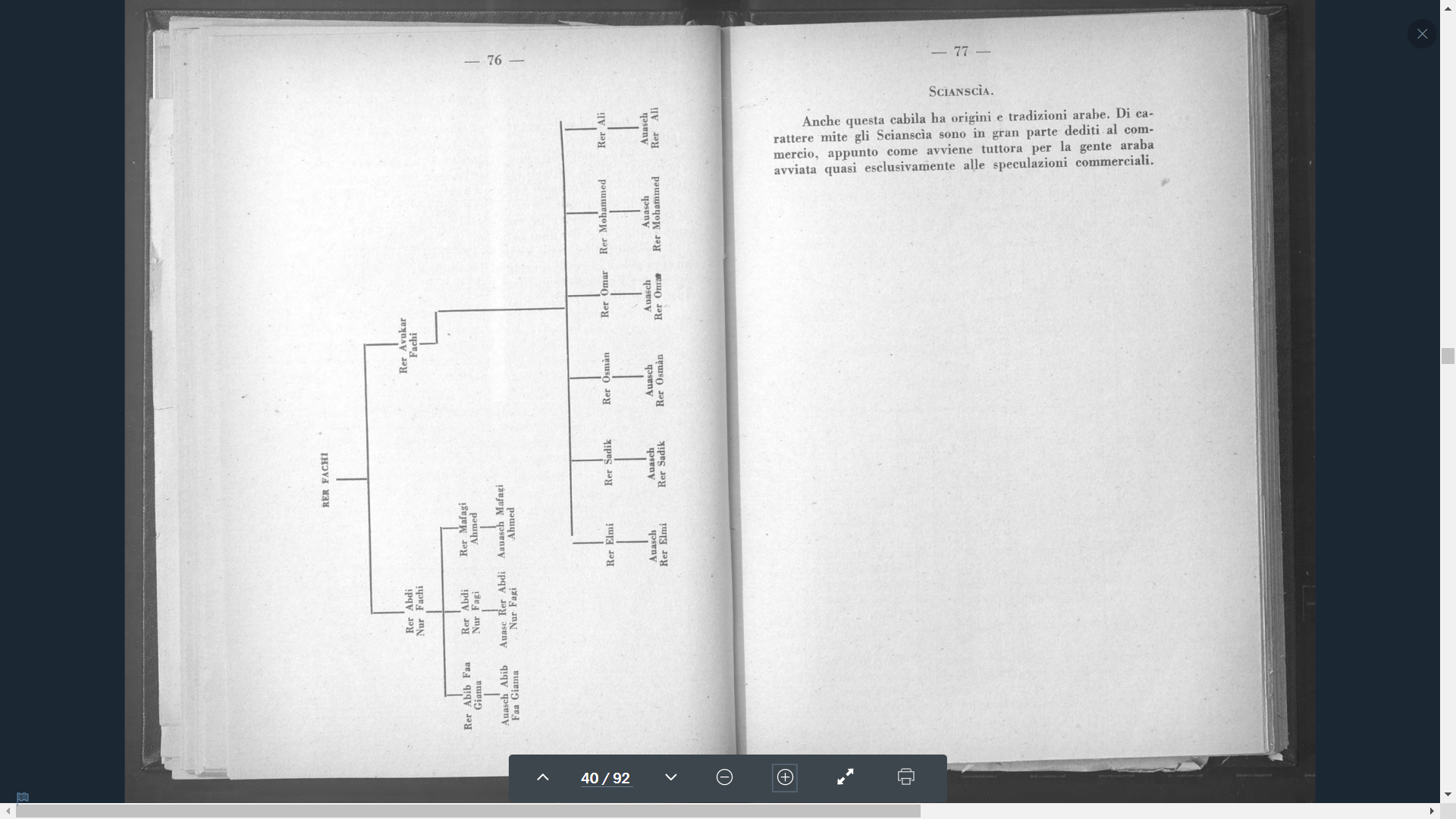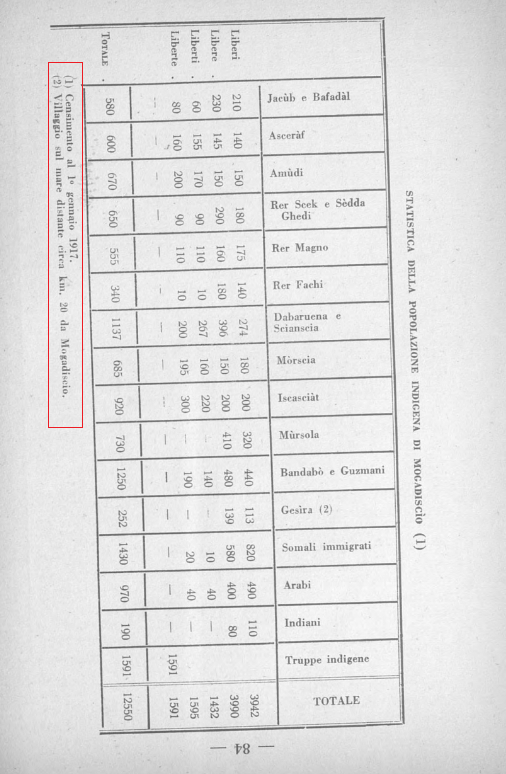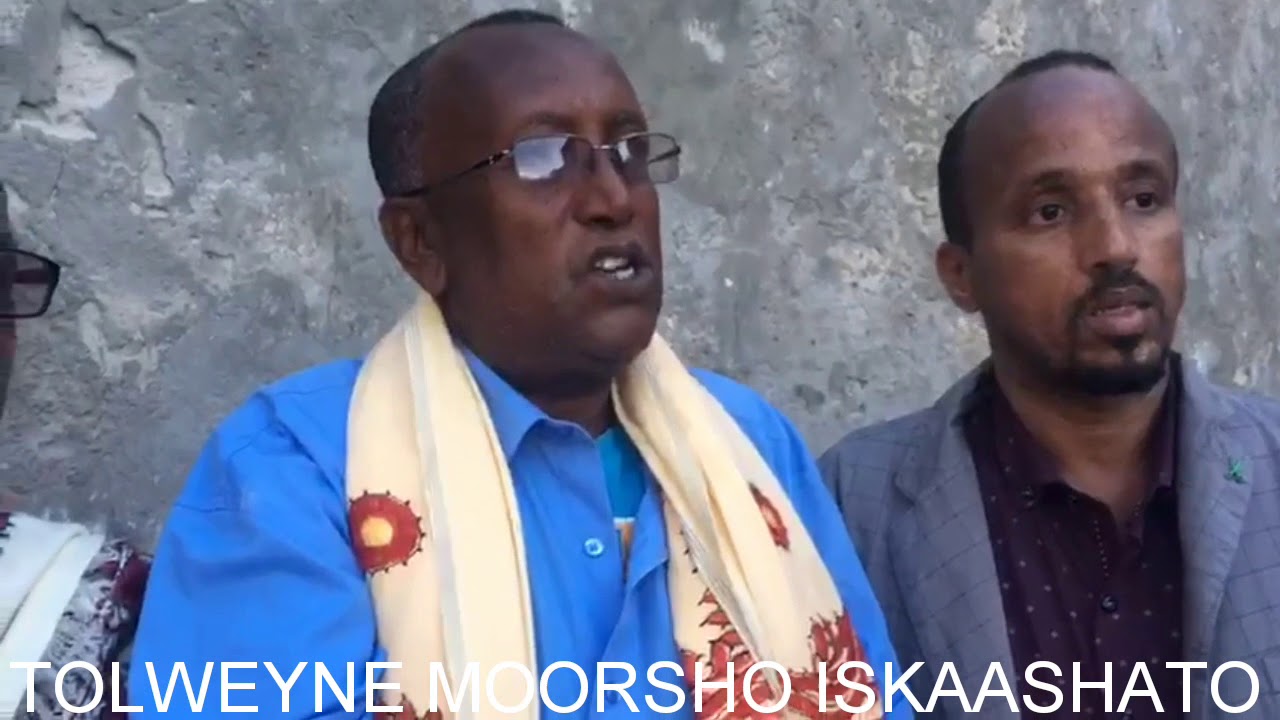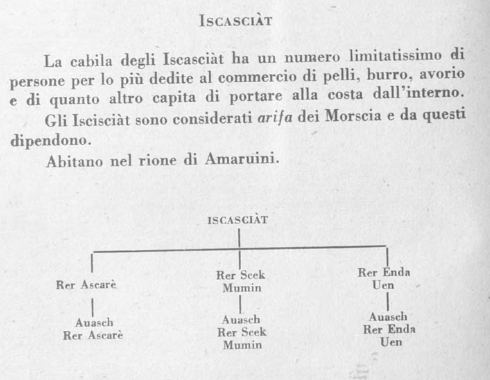I saw recently that @Jacko made this post:
What he doesn't seem to realize and I think a majority of you on here oddly don't know is that not all Benadiris are cadcads. The majority were historically "Gibil-Madow" Benadiris who were basically indistinguishable from other Somalis. These include Benadiri tribes like the Moorshe, Iskashato, Bandawoow and Dhabarweyne who basically look like this. As far as I know, the Asharaaf and Reer Maanyo are not counted among them but are basically the same and looked like this and this respectively. These groups together made up the majority of Benadiris and faced much less discrimination during the civil war era due to their appearance when compared to Gibil-Cads like Shanshiyos:
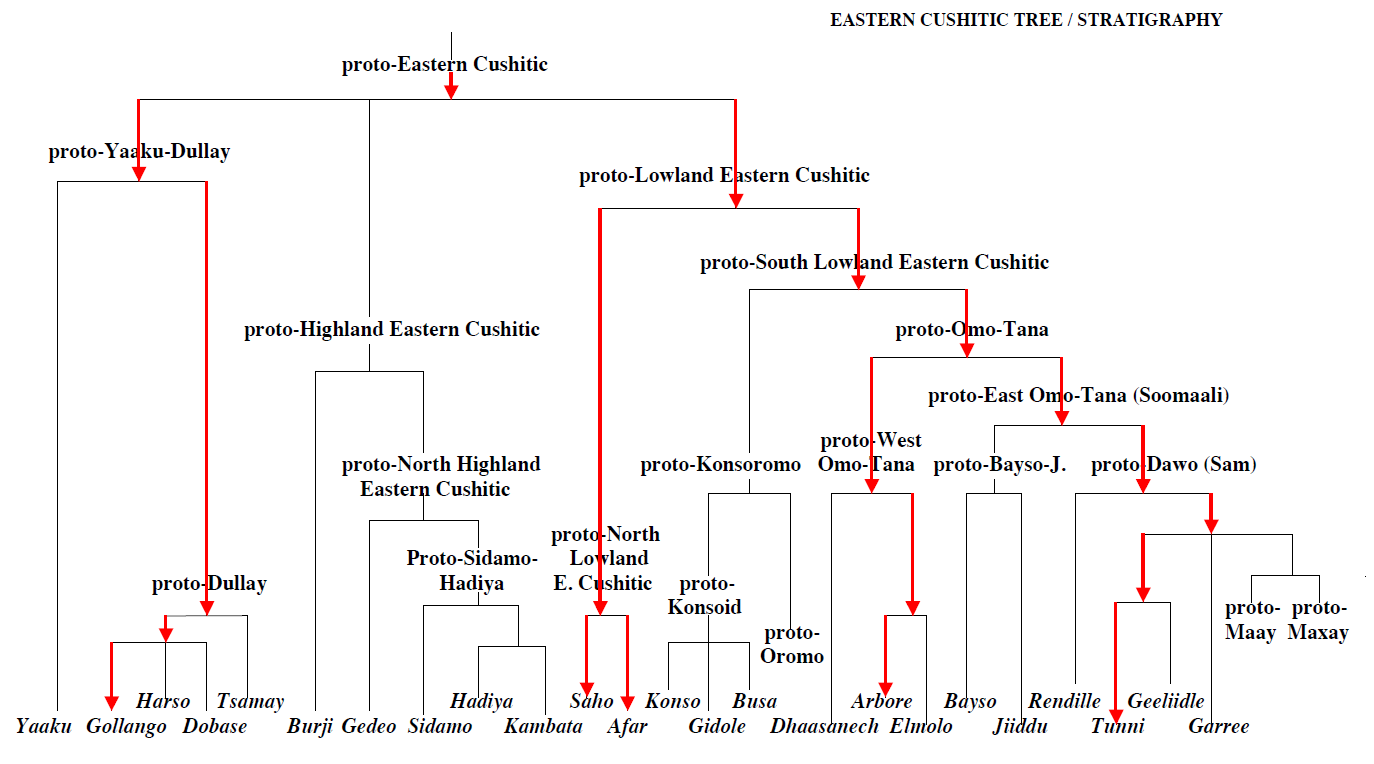
These were probably the sorts of folks alongside the Hawiye and Ajuuraan (depending on whether you want to count the latter among the Hawiye) who were the "Berbers" (Somalis) authors like Ibn Battuta describe during the 1300s and claimed they kept many camels and sheep and were a dark-skinned people living from Zeila down to the vicinity of Xamar and Marka.
But anyway, once you know all this and you look at the document Jacko is referring to regarding Xamar's demographics:
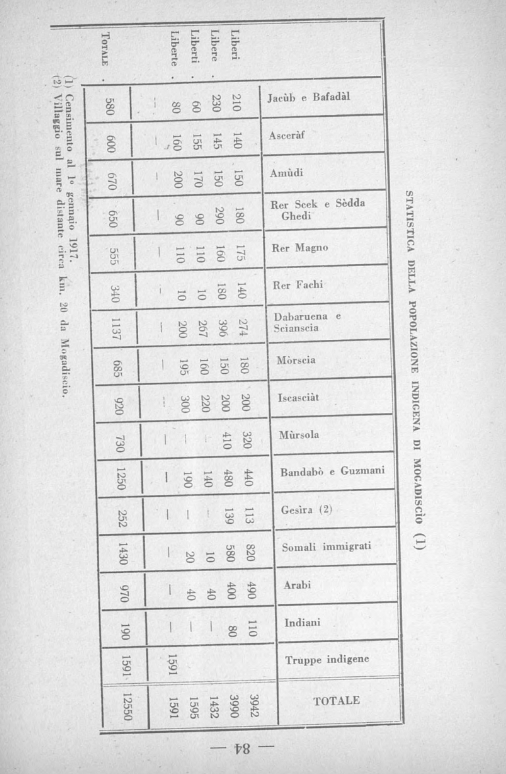
You will realize that Gibil-Madow Benadiris alongside Asharaaf and Reer Maanyo made up the majority of Benadiris like sources such as this one assert:
Moorshe: 685
Bandawoow: 1,250
Iskashato: 920
Dhabarweyne: 1,137
Asharaaf: 600
Reer Maanyo: 555
Total: 5,147
Vs.
The groups one can tell for sure are Gibil-Cad Benadiris:
Reer Faqi: 340
Ba Fadal: 580
Amudi: 670
Reer Shaykh Saddex Geedi: 650
Total: 2,240
I'm not sure about "Mursulo" and "Gesira" but even with them counted as Gibil-Cad the Gibil-Madow outnumber them. And once you count the non-Benadiri Somalis (1,430) who were probably of tribes like the Abgaal whom we know were present in districts like Shingani and among the elite with the Gibil-Madow, the total essentially "Somali" population is 6,577 which amounts to 60% of the town's 10,959 population once you discount the "indigenous" troops whose ethnic makeup we don't entirely know. The Gibil-Cads amount to 20% of the population and it should be noted that they are not actually of entirely foreign origins and virtually all so far tested Gibil-Cad Benadiris keep showing significant (25-40%) Somali admixture alongside Y-DNA markers like E-V32 popping up at times with the rest of the ancestry seeming to be Desi, MENA, Central Asian and Bantu. Basically the result of foreign settlers intermixing with Somalis. Confirmed foreigners like Arabs (970) and Indians (190) only amounted to 10% of the population in that above document.
There's a reason the historical images we have of Xamar around this period make it look pretty majority Somali:
It's because it was. At any rate, I don't think Jacko had any intention of misleading people. The saxiib clearly just didn't know this about Benadiris or the history of the city so not really anything against him here. Just don't like people being mislead hence a whole thread on this subject. Hope that was an interesting read, saxiibs.
Before Italians came to Mogadishu, it only consisted of 2 districts: Xamar Weyne (literally old Xamar) and Shangani, those neighbourhoods were almost entirely Benadiri or Arab. Italians planned and built the rest.
Italian census for their territories, look at page 44 of the pdf
Dropbox - Error - Simplify your life
www.dropbox.com
What he doesn't seem to realize and I think a majority of you on here oddly don't know is that not all Benadiris are cadcads. The majority were historically "Gibil-Madow" Benadiris who were basically indistinguishable from other Somalis. These include Benadiri tribes like the Moorshe, Iskashato, Bandawoow and Dhabarweyne who basically look like this. As far as I know, the Asharaaf and Reer Maanyo are not counted among them but are basically the same and looked like this and this respectively. These groups together made up the majority of Benadiris and faced much less discrimination during the civil war era due to their appearance when compared to Gibil-Cads like Shanshiyos:
According to representatives from Shansiye interviewed by Landinfo in Nairobi in September 2005, the socalled dark-skinned Benadiris, i.e. Moorshe, Bandawow and Dhabarweyne, were protected by their Somali neighbours because they were dark-skinned (and presumed to be more native Somali), while most of the lightskinned Benadiris had fled at the beginning of the civil war (1991-1992). - Source
As far as I know the Gibil-Madows are thought to originally be of origins like Ajuuraan and Raxanweyn and are, as the local traditions maintain, Xamar's equivalent to the Tunni of Barawe whom that town's founding tradition holds were the original inhabitants who accepted foreign settlers and founded the medieval predecessor of the town with them. It's even interesting that Reer Asharaaf's dialect is supposedly about as divergent from Af-Maxaa (variety of dialects spoken historically by Dir, Isaaq, Darood and Hawiye) as Af-Maay which tells you that there were seemingly several pre-Hawiye-Darood "Soomaali group" speakers in the south like Maay folk, Asharaafs, Tunnis and Jiddus:

These were probably the sorts of folks alongside the Hawiye and Ajuuraan (depending on whether you want to count the latter among the Hawiye) who were the "Berbers" (Somalis) authors like Ibn Battuta describe during the 1300s and claimed they kept many camels and sheep and were a dark-skinned people living from Zeila down to the vicinity of Xamar and Marka.
But anyway, once you know all this and you look at the document Jacko is referring to regarding Xamar's demographics:

Moorshe: 685
Bandawoow: 1,250
Iskashato: 920
Dhabarweyne: 1,137
Asharaaf: 600
Reer Maanyo: 555
Total: 5,147
Vs.
The groups one can tell for sure are Gibil-Cad Benadiris:
Reer Faqi: 340
Ba Fadal: 580
Amudi: 670
Reer Shaykh Saddex Geedi: 650
Total: 2,240
I'm not sure about "Mursulo" and "Gesira" but even with them counted as Gibil-Cad the Gibil-Madow outnumber them. And once you count the non-Benadiri Somalis (1,430) who were probably of tribes like the Abgaal whom we know were present in districts like Shingani and among the elite with the Gibil-Madow, the total essentially "Somali" population is 6,577 which amounts to 60% of the town's 10,959 population once you discount the "indigenous" troops whose ethnic makeup we don't entirely know. The Gibil-Cads amount to 20% of the population and it should be noted that they are not actually of entirely foreign origins and virtually all so far tested Gibil-Cad Benadiris keep showing significant (25-40%) Somali admixture alongside Y-DNA markers like E-V32 popping up at times with the rest of the ancestry seeming to be Desi, MENA, Central Asian and Bantu. Basically the result of foreign settlers intermixing with Somalis. Confirmed foreigners like Arabs (970) and Indians (190) only amounted to 10% of the population in that above document.
There's a reason the historical images we have of Xamar around this period make it look pretty majority Somali:
It's because it was. At any rate, I don't think Jacko had any intention of misleading people. The saxiib clearly just didn't know this about Benadiris or the history of the city so not really anything against him here. Just don't like people being mislead hence a whole thread on this subject. Hope that was an interesting read, saxiibs.

